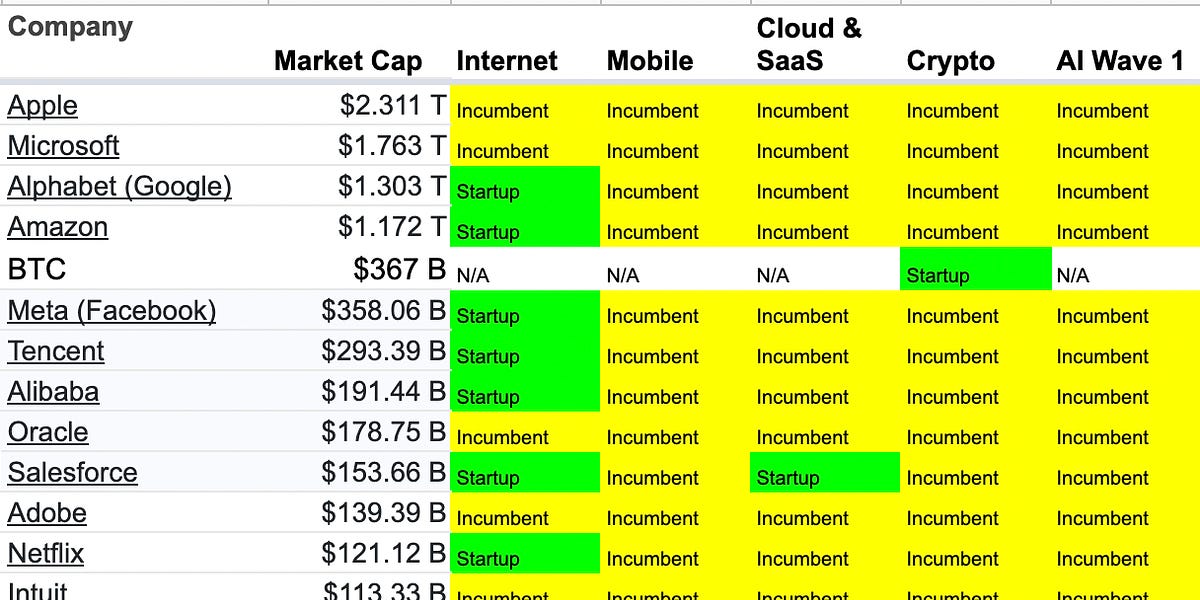How To Build a Defensible A.I. Startup
agent.ai
How To Build a Defensible A.I. Startup


Darren LI and added
Nicolay Gerold added
Nicolay Gerold added
Nicolay Gerold added
Of course, there are major ethical issues to work out—leaps forward in technology often walk a fine line between deeply-impactful and dystopian. Among the questions we need to figure out:
sari added

Darren LI and added
sari added